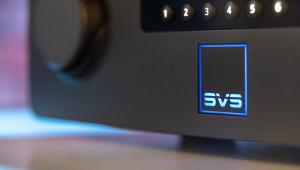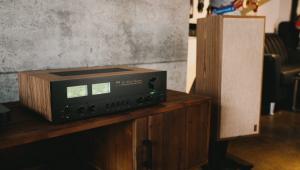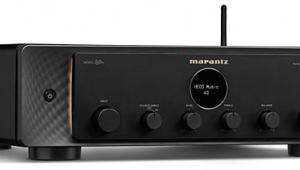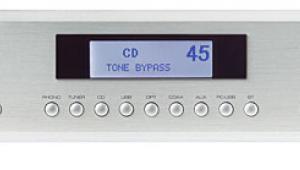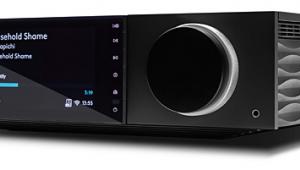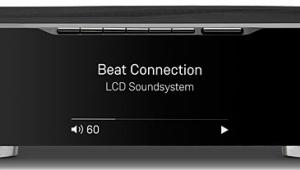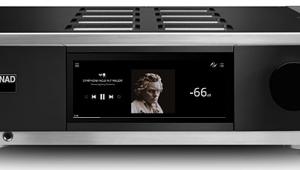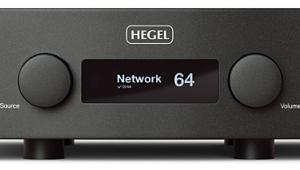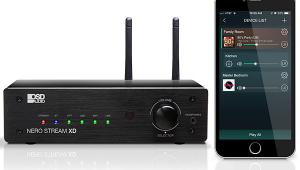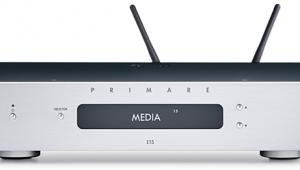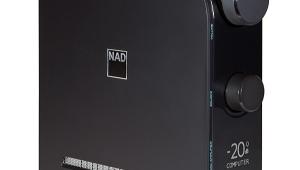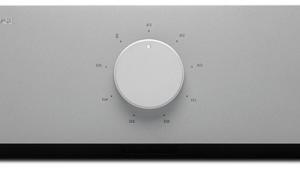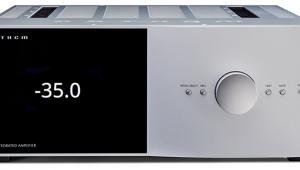Parasound NewClassic 200 Integrated Amplifier Review
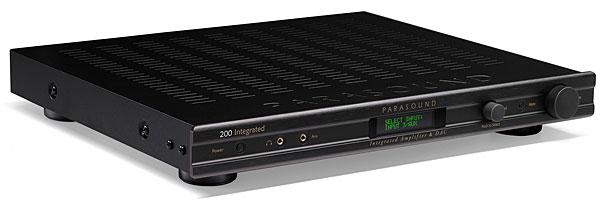
AT A GLANCE
Plus
Generous power from a super-slim chassis
Bypass input for surround system integration
Flexible, analog-domain subwoofer filtering
Full-size, backlighted remote control
Minus
Digital conversion limited to 24/96 via USB
No built-in Bluetooth or other wireless features
THE VERDICT
An affordable integrated amplifier-DAC with substantial power, high-quality conversion, flexible inputs and outputs, and full-function remote. Bravo.
I like simple. Simple is good. Simple works. Simple makes my job easier and helps me sleep at night.
Parasound, a Bay Area maker with a half-century of success walking the parapet between high end audiophilia and value-engineering design, apparently concurs. The company's new NewClassic 200 Integrated is, as you might well guess, an integrated amplifier, with a high-quality onboard digital-to-analog converter section. The 200 Integrated was in fact derived by the simple expedient of sliding a class-D stereo power amp sourced from Danish class-D amp-module stalwart Pascal Audio into its otherwise-identical preamp stablemate. This slim, two-channel module delivers a claimed 110 watts per channel into either 4-ohm or 8-ohm loads with typical class-D efficiency, pulling only a modest 50 watts from the wall.
Simple, in this case, does not mean stripped-down, however—not hardly. The Parasound is well-constructed on an old-fashioned steel chassis and nicely but unfussily finished. The amp's D/A converter, a 24-bit/192kHz design borrowed from the company's well-regarded Halo P 5 preamplifier(discontinued) is limited to 96kHz from its USB input but tops out at 192kHz from optical or coaxial digital connections.
There's also an onboard phono preamp compatible with both moving-magnet and moving-coil cartridges, an unusual bonus. Next, analog-domain bass management is manifested by subwoofer outputs and crossover filtering supplying both a fixed 80 Hz low-pass and an unfiltered sub output, along with a variable (and, of course, defeatable) high-pass to the main left/right outputs present on both speaker and preamp-level outs. (The full- range sub output could also service a mono whole-house zone.) Parasound's clever "bypass" input—basically, a power-amp input—lets it integrate with a volume-controlled source like a music streamer or stand in for the front left/right channels of an A/V receiver for serious two-channel listening. In the latter use-case, the 200 Integrated could drive the front main speakers with more or "better" power for both stereo and multi-channel listening while providing the option to select among the dedicated listening sources feeding its own inputs.

The 200 Integrated's front has two nice-feeling knobs for volume and input-select, along with a mini-jack headphone output and mini-jack stereo input. Around back are speaker outputs on solid multi-way posts, a pair of line-level stereo RCA inputs, and a phono input with selectable gain (the portable device-friendly front-panel mini-jack overrides one of these). Digital inputs comprise optical, coaxial, and asynchronous USB type-B. There's also a 12-volt trigger output, an IR input, and an RS-232 port to link the 200 Integrated with a whole-house system using Control4, Crestron, or other protocols.
That's a lot for a "simple" design, right? But there is one obvious 21st-century feature that the Parasound lacks: wireless streaming. There's no Bluetooth, AirPlay, or any other untethered audio capability baked in. Of course, there are countless ways, low-cost or otherwise, to get that particular jelly into the doughnut, so no big deal in my book.
Setup and Listening
The 200 Integrated seemed well- suited, if perhaps a little over-qualified, for desktop audio, so I started out that way, with the Parasound connected via USB to my iMac and driving a system comprised of excellent 4-inch two-ways speakers with a compact 8-inch subwoofer. A fixed 80 Hz low-pass crossover on the 200 Integrated's Subs1 output made for an easy match with this setup (Subs2 is full-range). The amp also features a variable high-pass option, but I let my desktop monitors roll off naturally, which worked well.
Streaming hi-res music from Tidal and Qobuz produced the anticipated result: clean, defined, highly dynamic sound with plenty of punch. The 200 Integrated's 110 watts per channel was something of an overkill for small two-ways at a 20-inch listening distance, but the effortless dynamics I heard confirmed my long-maintained belief that more power is always better than less power.


